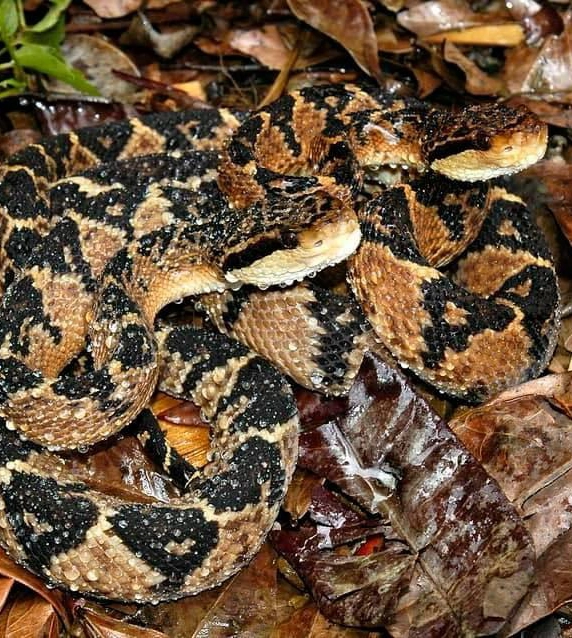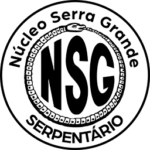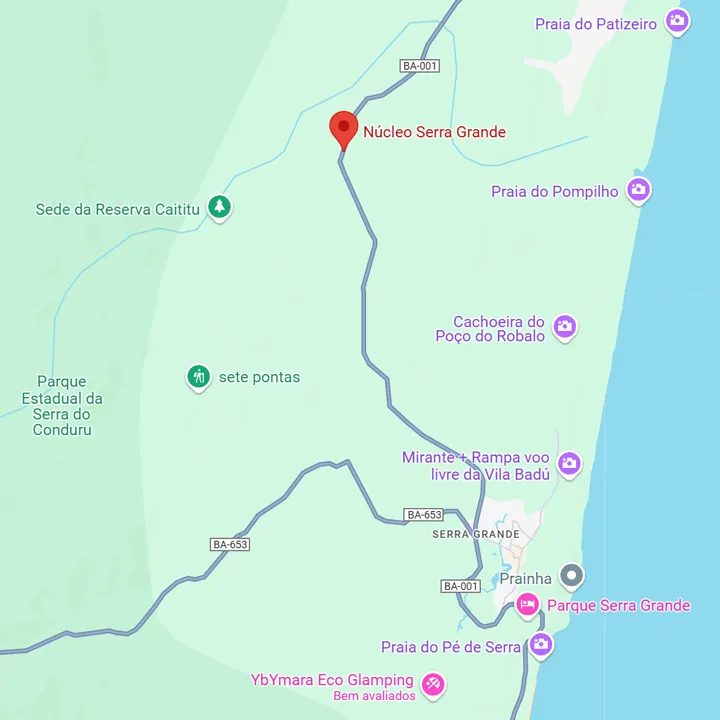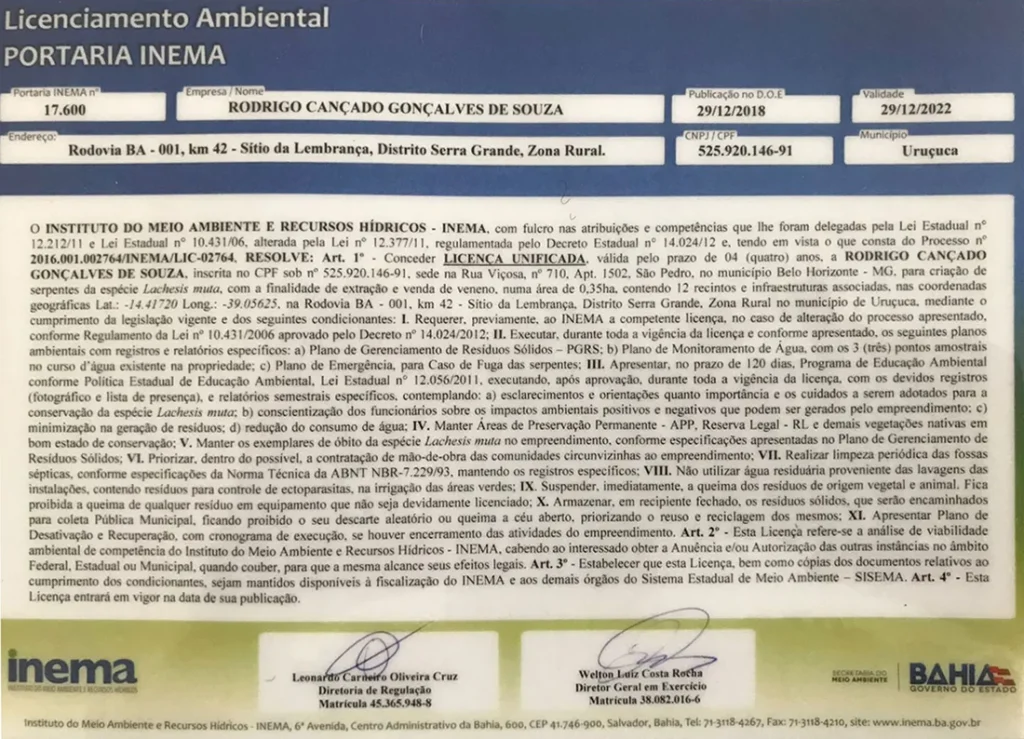We are the only genetic bank of a vanishing species and can legally sell captive bred individuals and venom, locally (Brasil) and worldwide; we also can host groups of people interested in this vanished, unique habitat, with local expertise.

We captive breed a threatened animal that has lost 95% of habitat and will be vanished from the wild soon, our donations of venom to AV producing institutions help those 35.000 human beings who are victims of snakebites every year in Brazil, we support promising medical research, all that without any external support and I can no longer go on by myself.
My name is Rodrigo Souza!
Can you Help?
Consider making a donation through our PIX or our PAY PAL:





